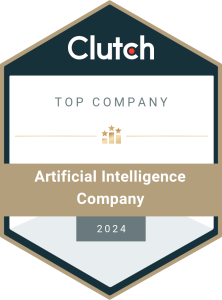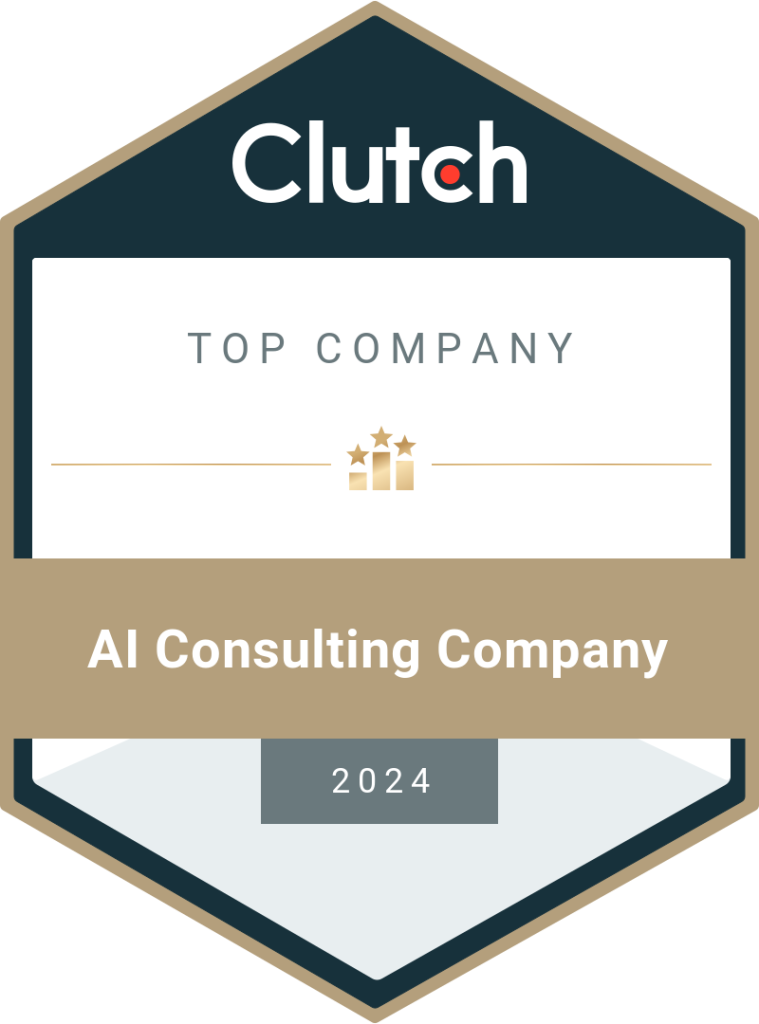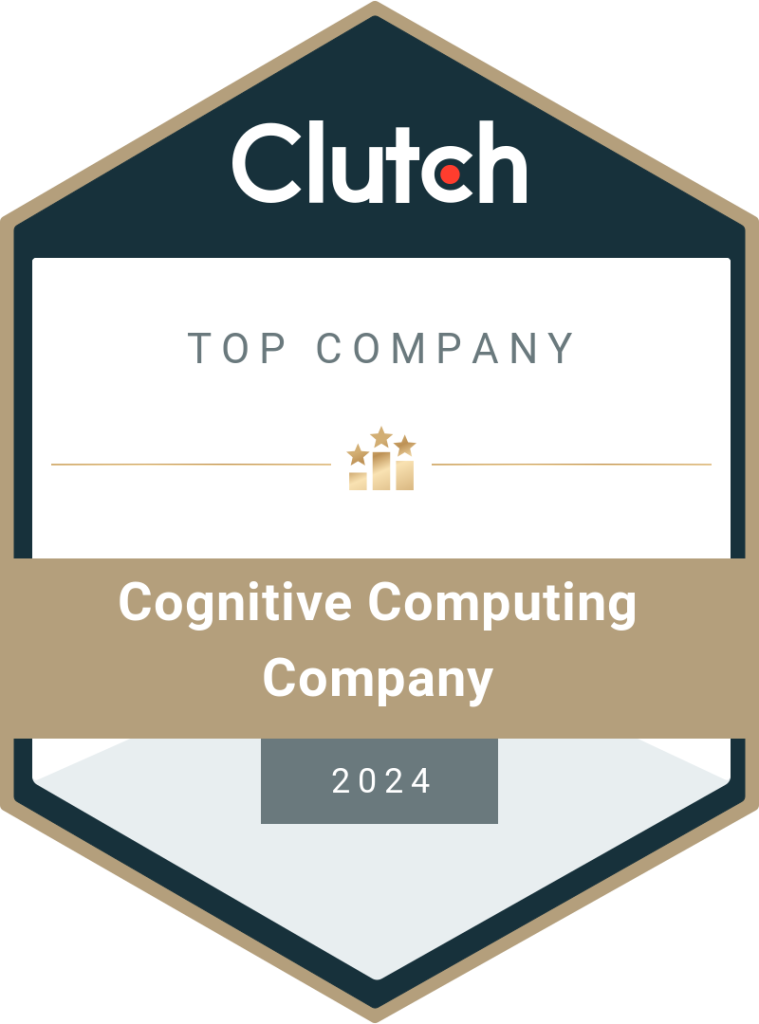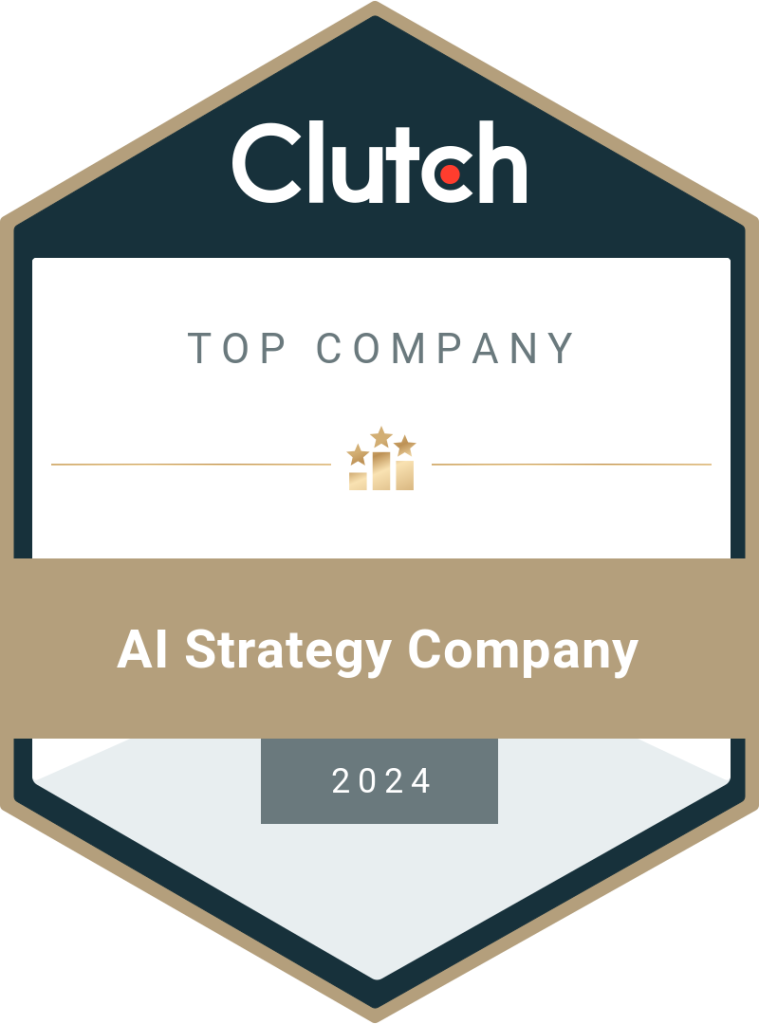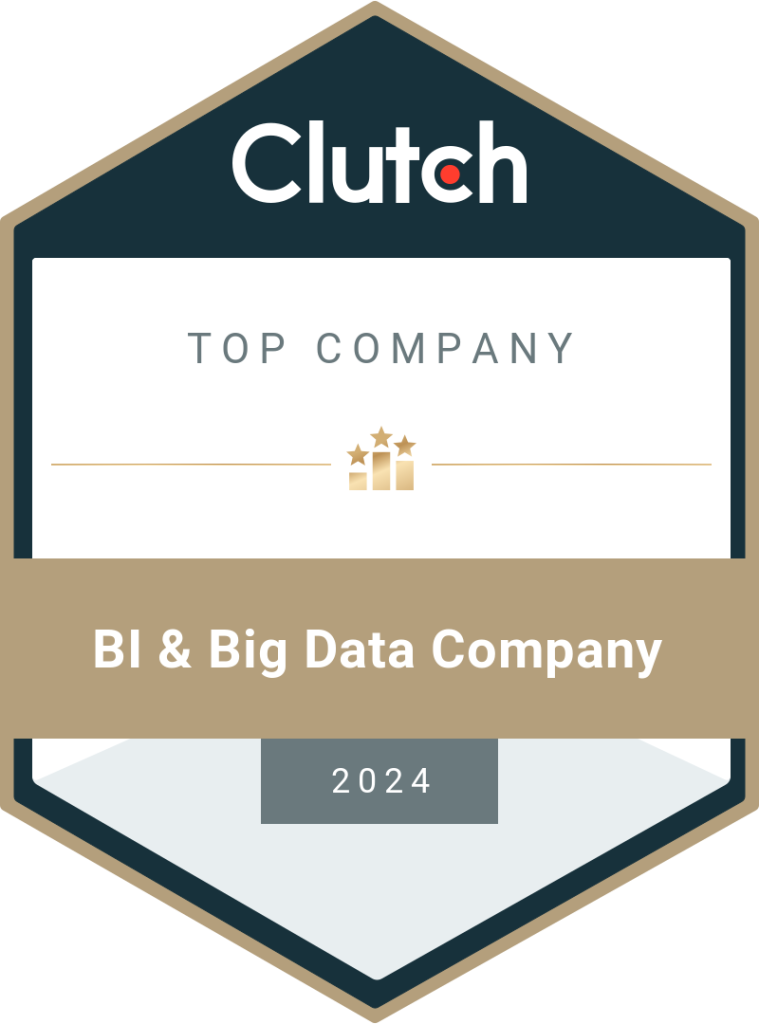The Data Paralysis Trap – Are You Into One?
An overload of data can cause confusion and conflict, resulting in the inability to make a proper decision. This is data paralysis. Here, we’ll discuss the causes of data paralysis and how tailored data engineering services can help overcome analytics paralysis in an organization. Data is the core of a business in today’s world. Just about everything depends on data and analytics in some form. Moreover, 149 zettabytes of data were generated in 2024 thanks to technology. This is said to increase to 185 zettabytes in 2025. To simplify the math, a zettabyte is approximately equal to 250 billion DVDs worth of content. This is an overwhelming amount of data generated, consumed, and shared by people worldwide. Since most of this data is readily available on the Internet, businesses began to find it easier to adopt data-driven analytical models for streamlined decision-making. This requires data collection, data warehousing, and data engineering services to create a comprehensive analytical model in the enterprise. According to The Business Research Company, the global data collection and labeling market has grown from $3.55 billion in 2024 to $4.44 billion in 2025 at a CAGR (compound annual growth rate) of 2.25%. However, the availability of large volumes of data comes with its share of challenges. The biggest concern is data paralysis. Simply put, data paralysis is a situation where you cannot decide due to overthinking or access to too much data. When you have much more information than what’s necessary, you start to double-guess the decisions or consider too many metrics. This leads to a sense of uncertainty and a state of limbo where you cannot decide what to do. Data paralysis is an end businesses should avoid. However, it is easy to fall into this trap. Here, we’ll read more about data and analysis paralysis, the causes, and ways to overcome the challenge by partnering with data analytics and data engineering service providers. What Causes Analysis Paralysis? Various reasons/ causes contribute to analytics paralysis in an organization. Accumulation of excess data, lack of proper data governance policies, outdated data storage systems, inadequate data management tools, etc., are some crucial causes of data paralysis. But what is the main reason for data paralysis? Data overload is the main reason for data paralysis, which results in analytics paralysis and troubles with decision-making. However, this doesn’t happen overnight. Gradually, over time, you might realize that the data-driven model has become a hindrance rather than a facilitator. The sooner you realize the symptoms, the easier it will be to reverse the situation and streamline the models to help you the way they should. Generally speaking, the path of analytics paralysis has three stages. When a business identifies the problem in the first stage, finding solutions will be simpler, quicker, and cost-effective. Stages of Analysis Paralysis 1. Data Distrust Data distrust is when an employee/ stakeholder or a team is skeptical of the quality of data collected by the business and doesn’t want to use it for making decisions. They are wary of using incorrect and incomplete data as these may lead to wrong decisions. However, emphasizing data quality excessively can lead to increasing data distrust across the enterprise. This creates a tense work environment and can prevent the management from making positive changes and developments to the models. The best way to handle data distrust is to get to the root of the problem. Hire expert data analysts and data scientists to handle the business data. Give them full control over the project for data cleaning, labeling, storage, etc. There has to be a balance to ensure good data quality but not at the cost of the returns. Setting too high standards increases the expenses and can still have a variance rate of 1-3%. The resources spent on the process need to be justified. You can achieve the balance by investing in data warehousing as a service from reputed data engineering companies. The cloud platforms like Azure and AWS provide the necessary tools and framework to improve data quality and reduce data distrust. 2. Data Daze Data daze is the stage before data paralysis. Here, you accumulate so much data that it starts to feel threatening. For example, asking an employee to create a project report might give them anxiety due to the sheer volume of data they have to process, even if they are using analytical tools. The work doubles and triples since they have to consider a long list of metrics and generate reports for multiple combinations. It feels like a neverending task and can be draining. When data overload becomes a daily occurrence, it changes the work environment and makes everyone stressed 24*7. This can also affect their personal lives and lead to a higher attrition rate. The best way to overcome data daze and prevent it from becoming analytics paralysis is to hire AWS data engineering services. Data engineering is a continuous and end-to-end process of managing data collection, cleaning, storage, analysis, and visualization. The workflows are streamlined and automated using advanced tools to ensure only the required and relevant data is used to derive insights and generate reports. Here, experienced data engineers will choose the KPIs and divide datasets into neat layers or groups based on your business activities and goals. They will train employees to properly identify and visualize data reports as per the requirements. 3. Data and Analysis Paralysis The final stage is analytics paralysis, where the management or team heads cannot decide because they over-analyze the information. For example, consider data analytics to derive insights about the prospects for a new product. Here, the focus should be on the type of product you want to release into the market and whether or not the target audience will like it. You can also look at some must-have features to make the product special or different from existing options. However, if you expand the metrics and target market to include various variables, the insights will be all over the place. This makes it
Read More
